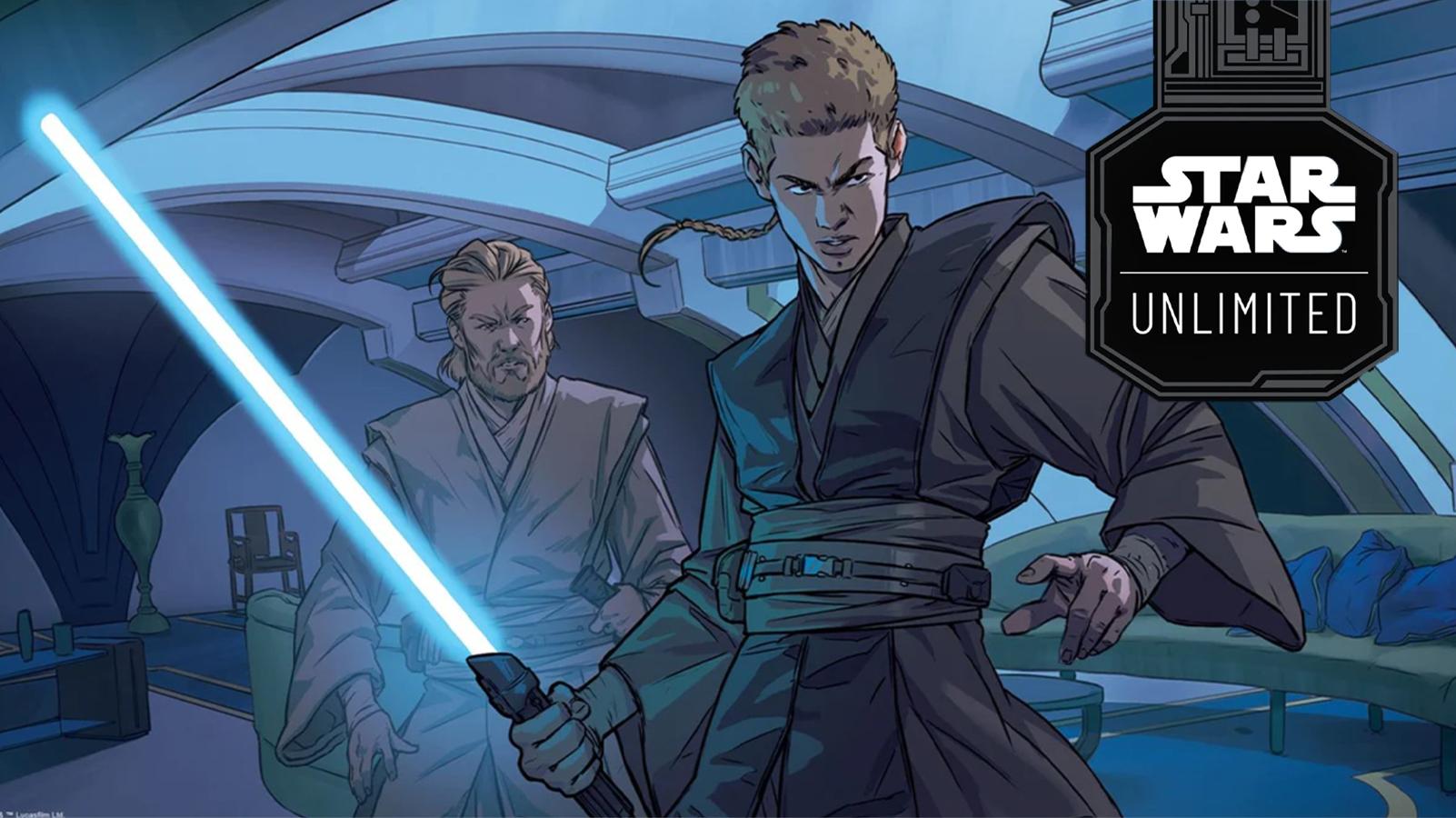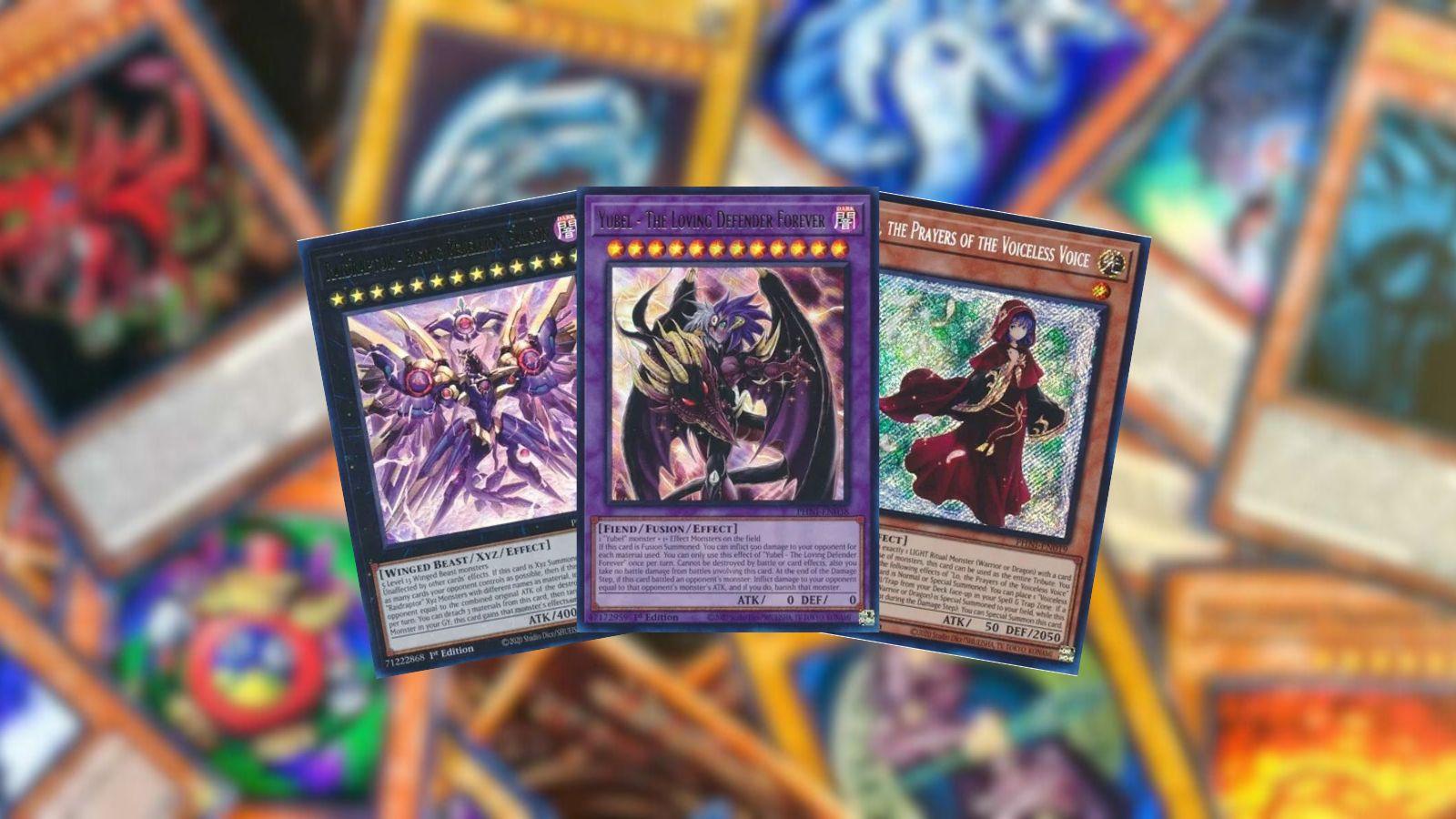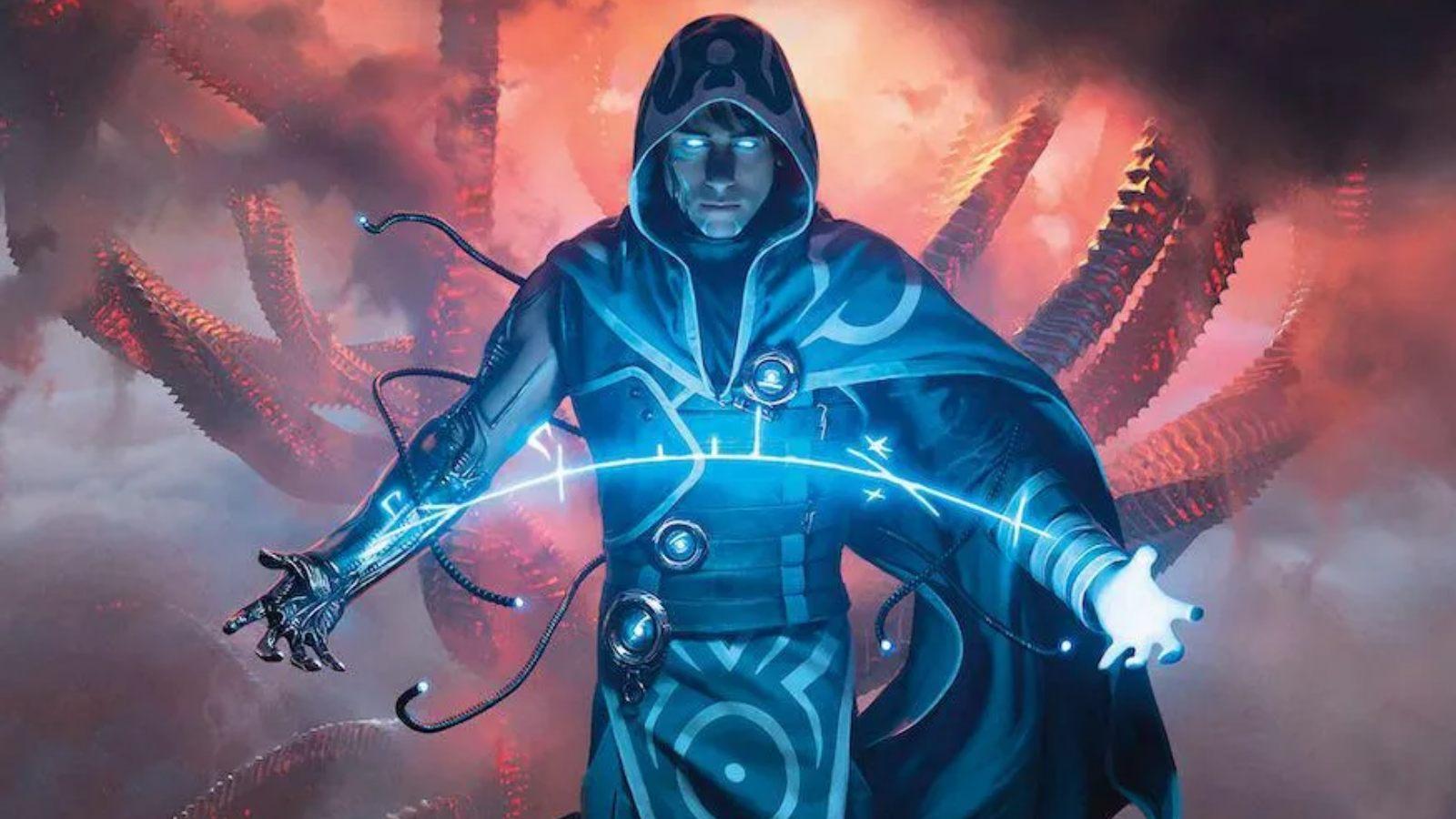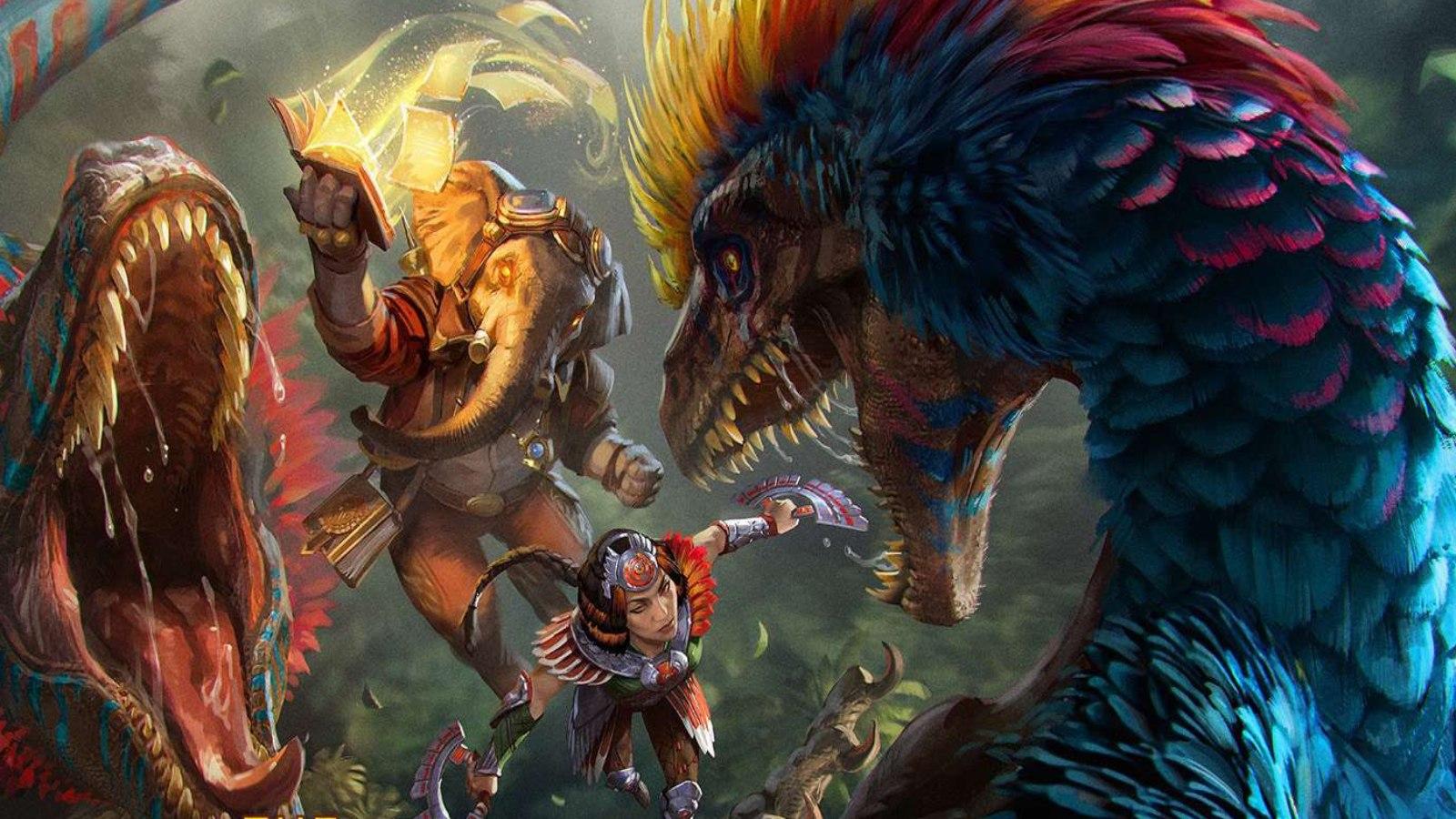MTG Limited formats: How to play Draft & Sealed
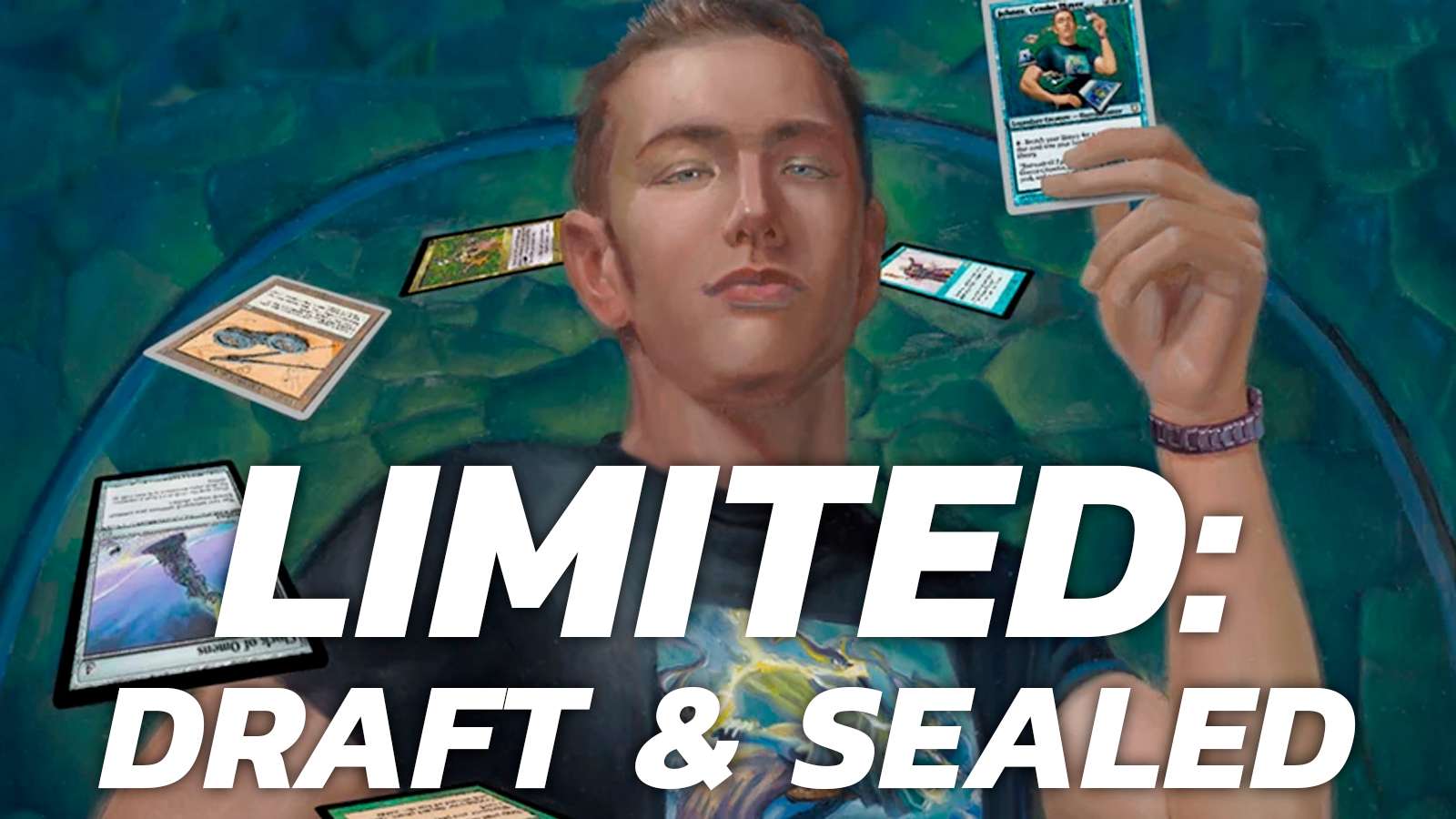
Want to know more about the most exciting formats in MTG? Magic’s Limited formats, like Draft, are an excellent way to learn the game.
Magic: The Gathering is all about collecting, playing, and repeating the process. None exemplifies MTG’s heart and spirit as the Limited formats Draft and Sealed. Not only is it an even playing field for everyone in the room, but it’s a great way to start collecting cards you might want.
Limited’s name comes from the game design behind the formats. You’re given a certain number of packs and have to work within those limits. In Draft, this is three packs, and Sealed is six. Once you’ve opened and gotten all the cards, you then need to construct a 40-card deck and begin to play.
Limited is sometimes faster than other formats, with the smaller deck size and pool of cards often leading to increasingly interesting games as you progress through the event. Know that a particular card is causing everyone issues? Well, now you can attempt to answer that in the next game.
You also don’t know what you’re going to get. In both Sealed and Draft, you never really know where a deck could end up. Part of the fun is the randomness, the uncertainty that at any point, your entire evening could go a different color route. Thinking your deck is going to be a Red/Black extraordinary death dealer? What if you suddenly realize that Blue is where your path lies?
As they say, c’est la vie. If you know the set, the cards, or just a general knowledge of how the game works, you’ll do fine.
What is Draft in MTG?

The Draft format allows players in groups up to eight, to open three packs, passing them around one at a time around the table, picking one card each time. Eventually, each player is able to construct a 40-card deck.
Draft is Magic at its most stripped down. Each modern-day set is built with the intention to be drafted, with the cards meant to be played in a synergistic way with each other. It’s only after they’re released into the wider pool of cards that people figure out new methods of using them.
Think of Draft as being a new game in a series, with each one designed to work by itself. This is how it has worked since Dominaria in 2018, where each set became its own thing.
What is block draft?

However, if you go back to Ixalan and any sets before, these work in “blocks”. While each main release set can be played by itself, every subsequent set in the block is essentially an expansion.
Most blocks are split into three, but some, like Ixalan, were two blocks. As we’re far out from the block system, if you wanted to do a Scars of Mirrodin block draft, you’d hand out Scars, Mirrodin Besieged, and New Phyrexia.
In Ixalan block draft, you’d be handed a pack of Ixalan and two Rivals of Ixalan. Block draft, however, is no longer the format you need to worry about for MTG, but is something to consider if you decide to go deep into the game’s history.
How to play MTG Draft
Draft is one of the easiest formats to set up, as long as you have lands to spare. Build yourself a little “land station” and grab a draft booster box. The current output of splitting boosters into three means that Set and Collectors boosters will not work for this format.
Setting up a draft
Split the box into three packs per person. If you have eight players, 24 packs in the box should be dished out. Use the rest as prizes, if you want.
This format works best with eight people, as you can evenly split the matches, and everyone should be able to face everyone else.
Passing packs
As you begin, open one pack. Take a card you like the look of, and pass the rest of the cards. Remove token and advertisement cards, and the basic land. While not a written rule, no one else is going to want to take it, so just better to keep the pack clear.

Each person also opens their pack and repeats the process. You start by passing clockwise, and when you move to the second pack after clearing everyone’s first, you pass counterclockwise.
While a new set might mean a slower draft, it’s best not to hold up the line too much. No one wants to be the person with the train of packs behind them, and no one wants to be the person sitting next to them waiting.
Which cards to pick
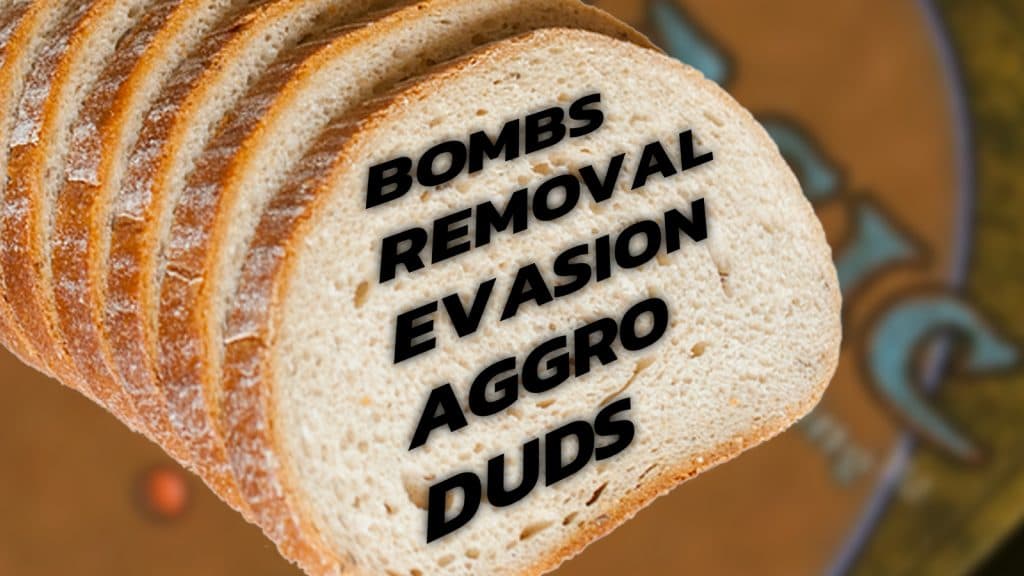
You might not find the following the best in the world, but for starters, consider memorizing BREAD:
- Bombs: This would be your rares or mythics
- Removal: Any card that will help you clear the board of creatures or other permanents
- Evasion: Cards with flying or similar abilities to get around other players’ moves and attacks
- Aggro: These are the things you want to swing into attack with or deal damage with
- Duds: Any card that is passed to you towards the end that you just know you won’t be able to work with. Could also be a card that’s too expensive for the benefit it gives
You also want to stay into your colors. Look up beforehand to see if there are any running archetypes baked into the set or color pairings you should aim for. Oftentimes, drafts will be focused on dual-color decks, but if you want to risk it – or the set encourages it – splash for three or four colors.
The tactics and mind games of Magic also permeate into Draft too. If you spot that white or blue is being gobbled up by a player, you should consider upending their plans when the time is right. Don’t upend their plans because you think it’ll help you win, but if you hit the Duds bit of a draft, it might be time to scupper plans.
Don’t always go for rare and mythic cards in MTG Limited
Be sure to note that just because you keep opening a rare, or a cool mythic, doesn’t mean you should dive head-first into those colors. A large part of the Limited formats is knowing that commons and uncommons are your tools of choice. Rares and mythics are excellent, but you might only be able to get a singular one into your deck before you have to reconsider.
What is a signpost in MTG Draft?
 Reddit user: ParryDox/Wizards
Reddit user: ParryDox/WizardsSignposts in an MTG Draft are key cards for an archetype. These are often legendary cards and will play key roles in bringing your pile of cards together.
What is Sealed in MTG?
MTG’s Sealed format works similarly in deck-building rules but operates differently. Each player is given six packs and then constructs a 40 card deck from what they get.

Sealed is also how prereleases work in Magic. Each player will be given six packs in a box, with an included die and a promo card. In almost every set, this promo card can be part of your deck. However, in the Lord of the Rings prerelease environment, this isn’t the case. You can choose the one with the stamp, but not the full art inclusion.

Sealed events are the perfect way to grasp the game in its entirety. While Draft teaches you fundamental rules about one of MTG’s most popular formats, Sealed will be where you first cut your teeth on new sets or truly begin to understand what to look out for in Draft. Though, as long as you have six packs per player, you can play a sealed game.
How many cards are in a Magic Draft or Sealed deck?
For Magic’s Draft format, you need a minimum of 40 cards. We don’t recommend you go over this limit. Draft is all about ensuring precision and limiting any chance of randomness once the actual drafting process is done. If you have 41, 42, or – God Forbid – 43 cards, you’re just going to find yourself potentially hitting bad draws.
How many lands are in an MTG Limited Draft and Sealed deck?
You want to ensure you’re hitting at least 16 lands, with a maximum of 17. This ensures the best possible outcomes in your games.
What is a Chaos Draft?
Chaos Drafts in MTG is when you simply compile a bunch of packs from various different sets. Nothing will match, and there’s little synergy, but it’s a fantastic time and we highly recommend it.
What is a Cube Draft?
Cube Draft is a type of MTG draft that functions exactly the same, but you draft a custom-made collection of cards from a player. It’s like building your own set. These can be themed around different things. Pauper Cubes are entirely filled with commons, for example.
Building a Cube is an article in and of itself, but it’s a killer way to have a continuous way to play draft without shelling out for a booster box each time. Other players also submit their own lists, so you don’t have to think too hard about it.
Commander Draft rules
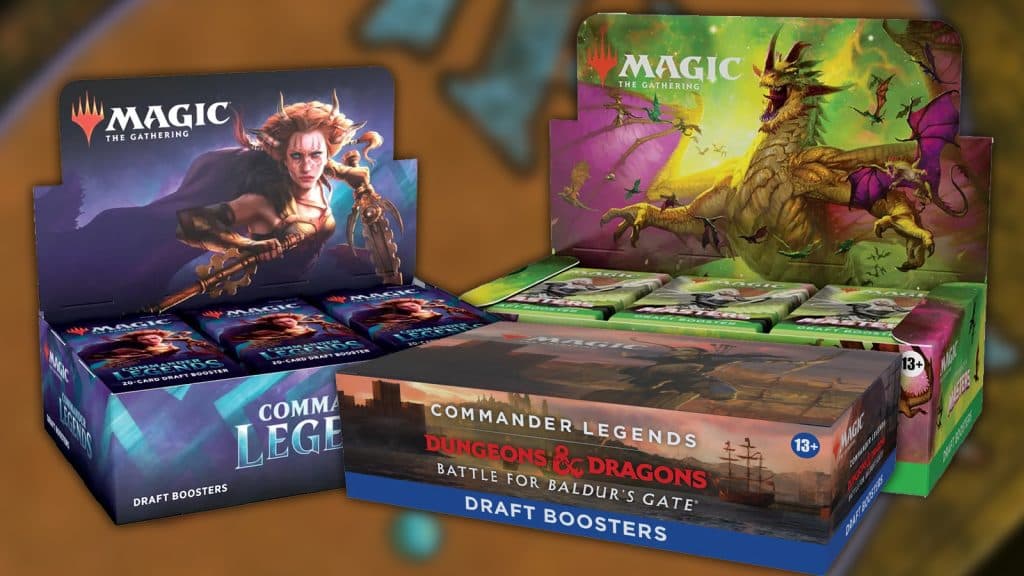
If you grab a booster box of Commander Legends, Masters, or Battle for Baldur’s Gate, you’ll be able to properly play Commander Draft.
This variation differs from the rest of the drafts out there, as you’ll be handing round packs with 20 cards in. You still need to abide by Commander rules, but to prevent limitations in deck builds, there are some workarounds implemented.
As normal, start handing packs around clockwise and pick two cards. Unlike Commander, you can have as many copies as you happen to draft in your deck, rather than just one.
The deck size is 59 or 58 cards and 60 with a Commander (or two), rather than 40 or 100. You also start at 40 life to give the game room to breathe.
To get around the Commander color rules, each mono-colored Legendary has Partner. With this, you can choose two mono-colored legendary creatures in different colors to make up your deck. However, your deck still needs to abide by the color identity.
If you choose a couple of Legendary creatures that are Black and Blue, you’ll need to ensure your cards are still all Black and Blue. You can include colorless cards too. Keep this in mind while drafting.
If you click on a product link on this page we may earn a small affiliate commission.
